José María Velasco: A View of Mexico at the National Gallery
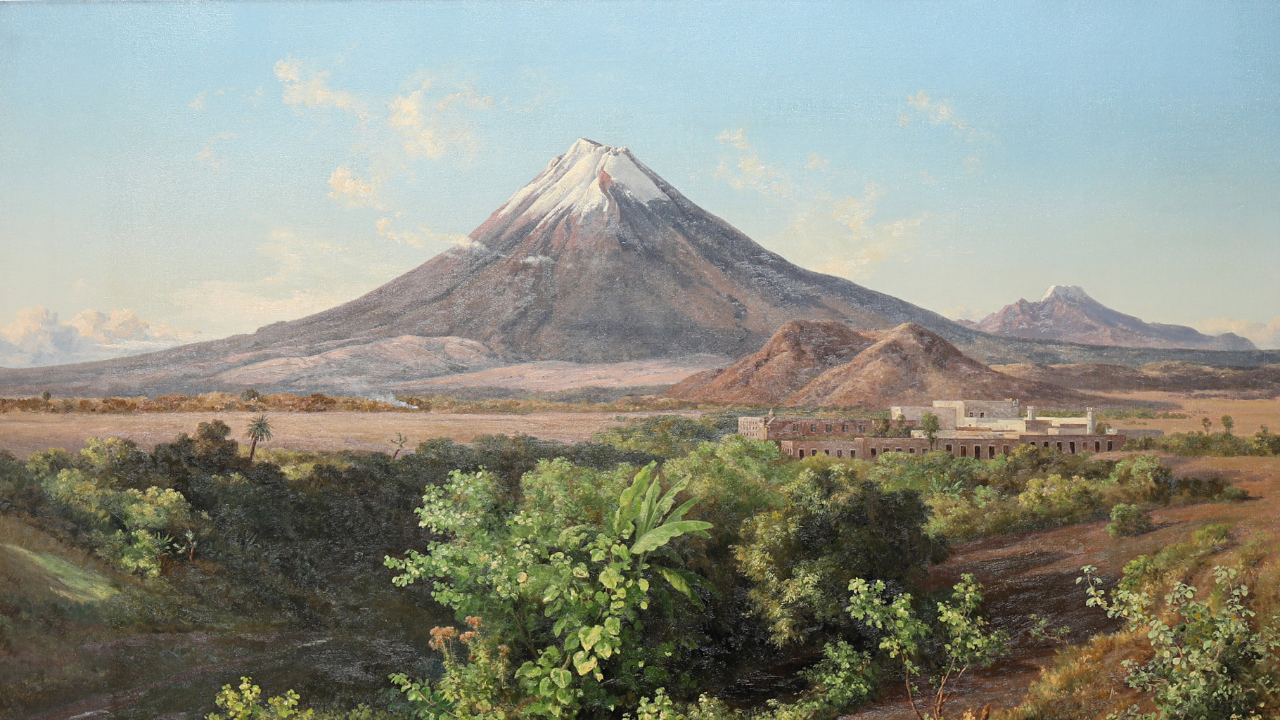
José María Velasco (1840-1912) has long since been regarded as Mexico’s most distinguished 19th-century painter. Despite the artist garnering an excellent reputation during his lifetime, there has not been a single international exhibition dedicated to him since the 1970s and none of his works can be found in any UK public collection. Now, in this year marking the bicentenary of the establishment of diplomatic relations between Mexico and the UK, the National Gallery is finally giving Velasco a long overdue retrospective. Interestingly, never before has a Latin American painter been the subject of a show at the London institution. José María Velasco: A View of Mexico was the brainchild of the Mexico City-based British artist Dexter Dalwood, who co-curates alongside Daniel Sobrino Ralston, the National Gallery’s Associate Curator of Spanish Paintings.
In the early years of his development as an artist, Velasco was trained in the European tradition, his teacher at the Academia de San Carlos in Mexico City being the Italian painter Eugenio Landesio. Having learnt his own craft in Rome under the tutelage of the Hungarian landscape painter Károly Markó – a devotee of Poussin and Claude Lorrain – Landesio markedly influenced the younger man. Velasco, regarded as his teacher’s most gifted student, was taught to draw and paint from life before reworking those studies back in the studio. A Rustic Bridge in San Angel (1862), an early work by the Mexican artist, featuring in the current exhibition, attests to Landesio’s insistence on the importance of close observation of nature.
Velasco is revered in his country for his sweeping panoramic depictions of the Mexican countryside. Wide plains, distant mountains and snow-capped volcanoes are all meticulously captured by an artist whose fastidious eye testifies to his dual calling as a naturalist. One finds a world of astounding beauty in his paintings, his native land caught on the threshold of industrialisation. It’s like a final homage before the epic landscape becomes scarred by the rapid tide of so-called progress.
In Velasco’s monumental masterpiece, The Valley of Mexico From the Hill of Santa Isabel (1877), the high vantage point almost convinces the viewer that they are a bird in flight, swooping down over the dramatic scenery. The work was exhibited at the Escuela Nacional de Bellas Artes’s annual exhibition, with Velasco’s catalogue contribution describing geographical features and naming cloud formations. In the far distance of the canvas, the Mexican Republic’s modern capital is already expanding, whilst in the foreground, an eagle flies past a vividly green nopal cactus. Just visible before a deeply shadowed mountainside, it carries a doomed bird in its beak. Some scholars believe this is referencing an ancient myth that the nation’s capital city should be founded where a scene of this nature occurs.
Velasco’s ability to capture the dramatic Mexican landscape should not create the false impression that he was an ecological campaigner in the modern sense. Instead, the current exhibition manifests the artist as an academic rationalist, concerned with the natural geographical form of his country but also documenting the rapid emergence of factories and railways at the end of the 19th century. Works like The Valley of Mexico from the Molino del Rey (1895) and The Textile Mill of La Carolina, Puebla (1887) are from the brush of a man intent on exploring and understanding the world around him. An earlier painting, The Goatherd of San Ángel (1863), focuses on an area to the south-west of Mexico City where the river has been dammed for the purpose of supplying a textile factory in the small town of Tizapán. The cascading water gushing from the dam creates a cloud of mist, which in turn produces a subtle rainbow set against the darkness below.
As a polymath, the artist’s artistic career was shaped by his multifarious interests. He was made president of the Mexican Society of Natural History in 1881, thanks to the respect he enjoyed in both the art and science sectors. Velasco’s botanical studies, meanwhile, were the precursor to his magnificent Cardón, State of Oaxaca cactus painting of 1887. Dominating the composition, the impeccably observed green arms stand majestically like some organic high-rise citadel before a cloudless sky. A be-hatted and dwarfed figure almost goes unnoticed in the shadow beneath the giant cactus. One is thus provided with a sense of scale whilst having the relationship between man and nature simultaneously brought sharply into focus. The arresting image was destined to become an iconic emblem of the Mexican nation.
The current exhibition also reveals the artist’s highly developed interest in Mesoamerican history. In 1880, he was made official draughtsman of the Museo Nacional, having impressed that institution with his two acutely observed painterly studies of the immense Pyramids of the Sun and the Moon, both from 1878. Found in the great Mesoamerican city of Teotihuacán, to the north-east of Mexico City, and built between 100 and 450 AD, the colossal structures are seen to be still overgrown prior to the government-funded excavations of the following decade. That same year, Velasco joined an expedition to the archaeological site of Texcotzingo, near Texcoco. The Baths of Nezahualcóyotl (1878) brings to the fore the incredibly sophisticated hydraulic engineering of the 15th century complex, which channelled water from springs nearby.
As the exhibition draws to a close, one finds The Great Comet of 1882 (1910), hailed as Velasco’s last great canvas. Pointedly, this has now been interpreted as a pictorial nod to the Mexican Revolution, which started in 1910, the image taken from a drawing the artist had made of the celestial event 28 years previously. The distinctive pale white tail is seen to streak across the night sky, reflected in the lake below. With comets traditionally believed to be harbingers of civil upheaval, the painting might reference the dying embers of Porfirio Diaz’s de facto dictatorship, the general and politician fated to be overthrown in 1911. Conversely, Velasco could also be alluding to the ill-fated ruler of Mexico City Moctezuma’s sighting of the shooting star shortly before the conquistadors’ invasion of 1519.
This exhibition provides a European audience with the rare opportunity to view the work of an artist whose career coincided with what Dexter Dalwood refers to as the “onrush of industrial modernity” in his country. José María Velasco’s richly detailed paintings, stemming from his artistic and scientific endeavours, capture a period of tremendous change in Mexico. As a pursuer of both beauty and empirical knowledge in equal measure, this cerebral artist surely deserves more international exposure.
James White
Image: José María Velasco, Vista de la fábrica de hilados La Carolina (Puebla)’ National Gallery of Prague © National Gallery of Prague / photo by Andrea Rývová
José María Velasco: A View of Mexico is at the National Gallery from 29th March until 17th August 2025. For further information or to book visit the exhibition’s website here.

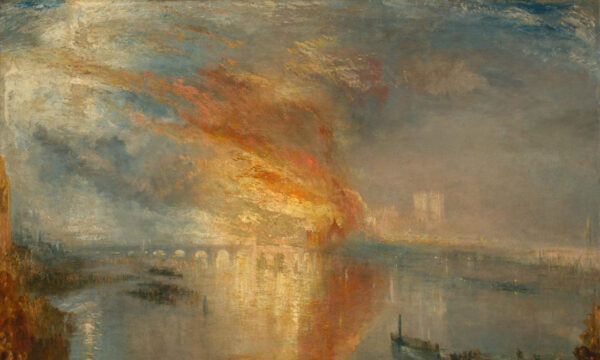

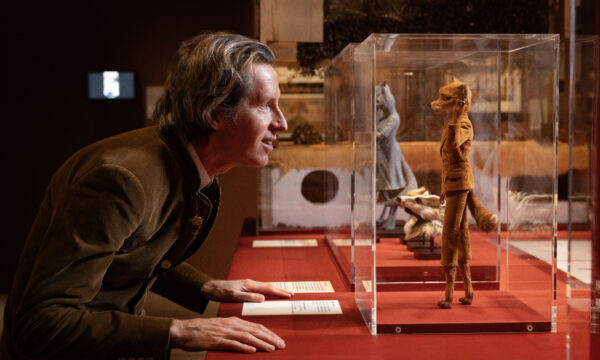

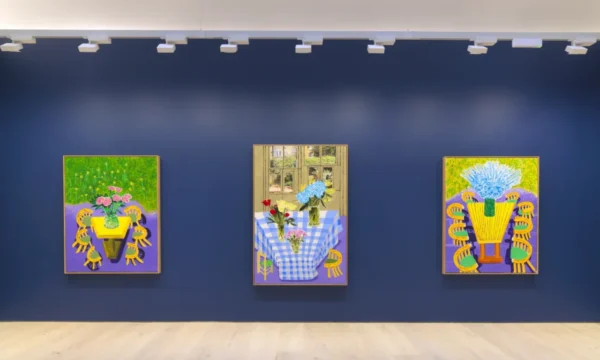

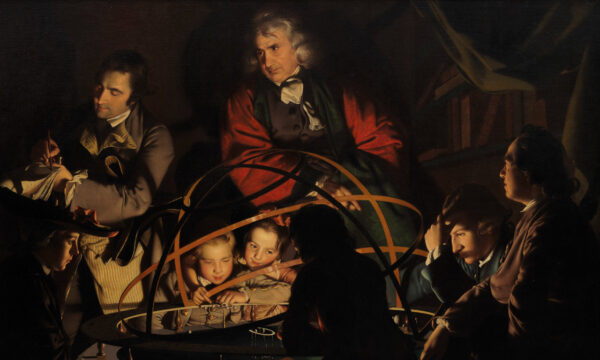
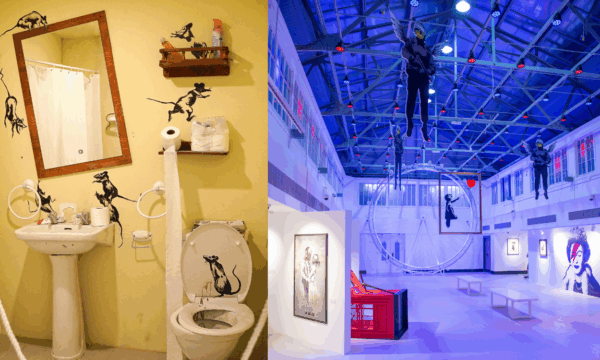


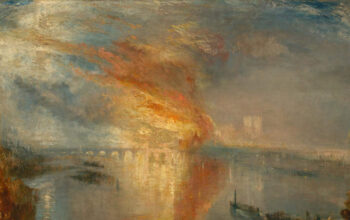













Facebook
Twitter
Instagram
YouTube
RSS